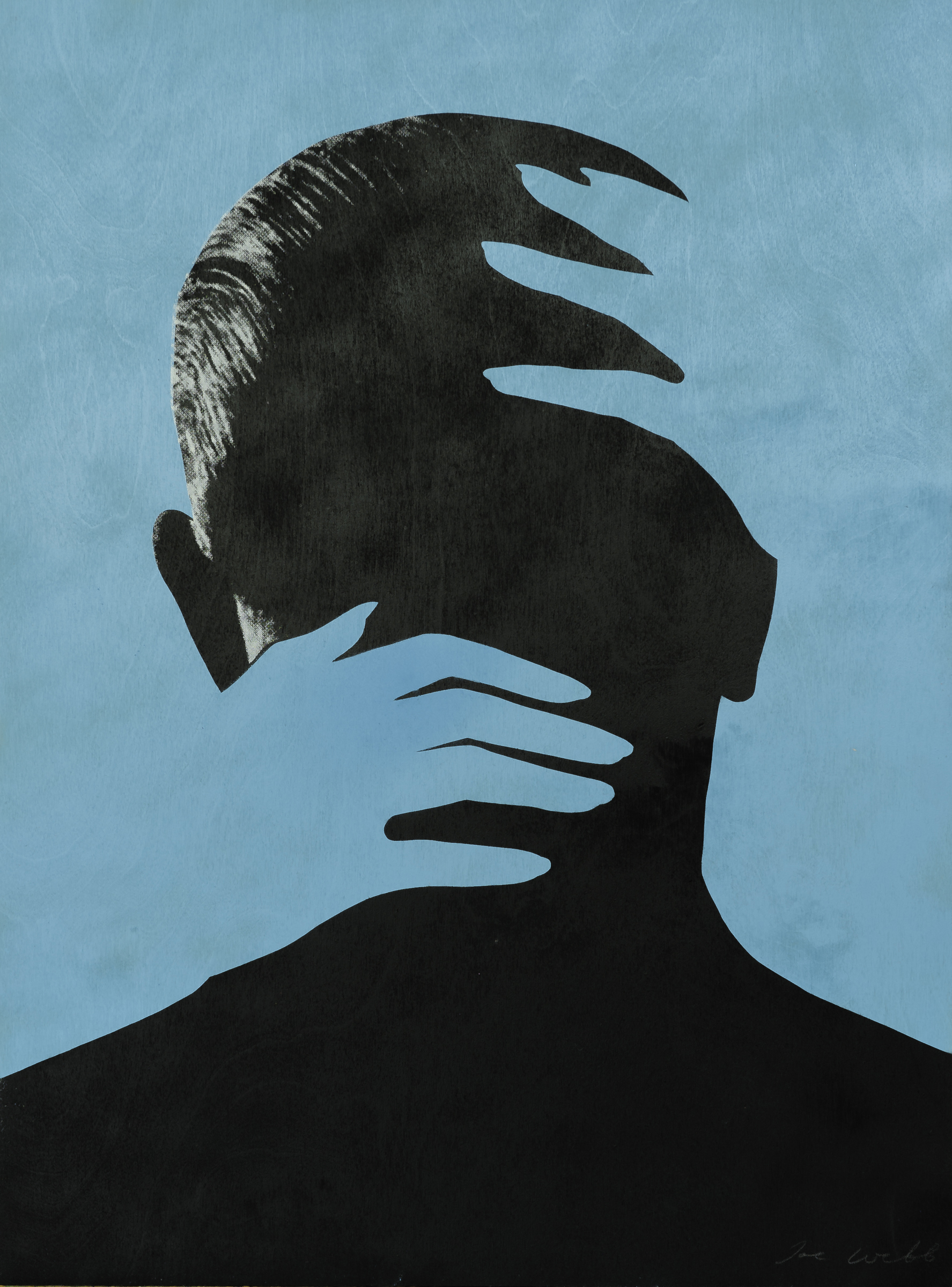"Someone, I say, will remember us in the future".
"Qualcuno, dico, si ricorderà di noi in futuro".
Saffo
The absence of women from the canon of Western art has been a subject of inquiry and reconsideration since the early 1970s.
Linda Nochlin's influential 1971 essay, "Why Have There Been No Great Women Artists?" examined the social and institutional barriers that blocked most women from entering artistic professions throughout history, prompted a new focus on women artists, their art and experiences, and contributed inspiration to the Feminist art movement.
Camille Claudel | L'âge mûr /L'Età matura, 1902















.jpg)


.jpg)

